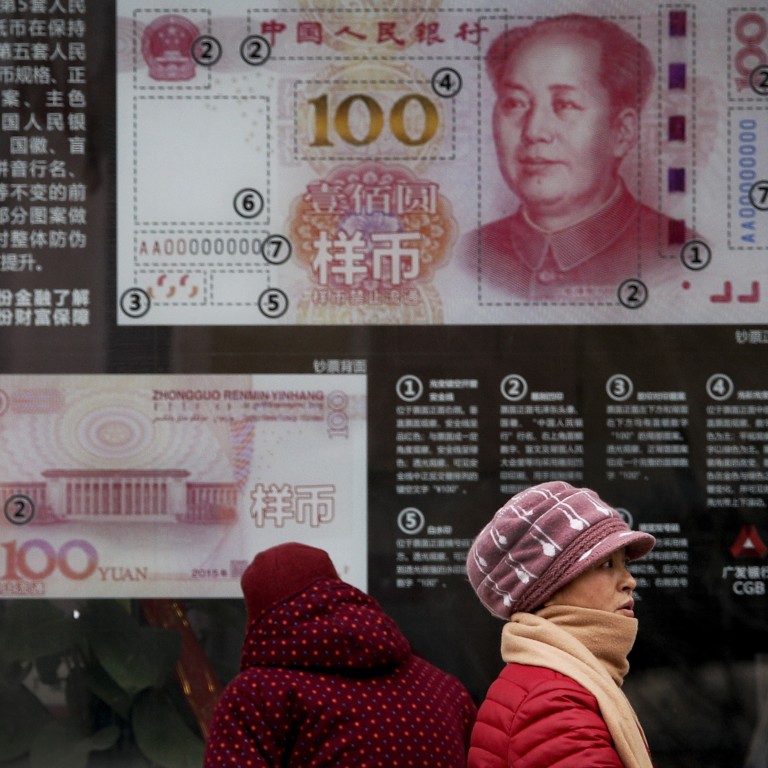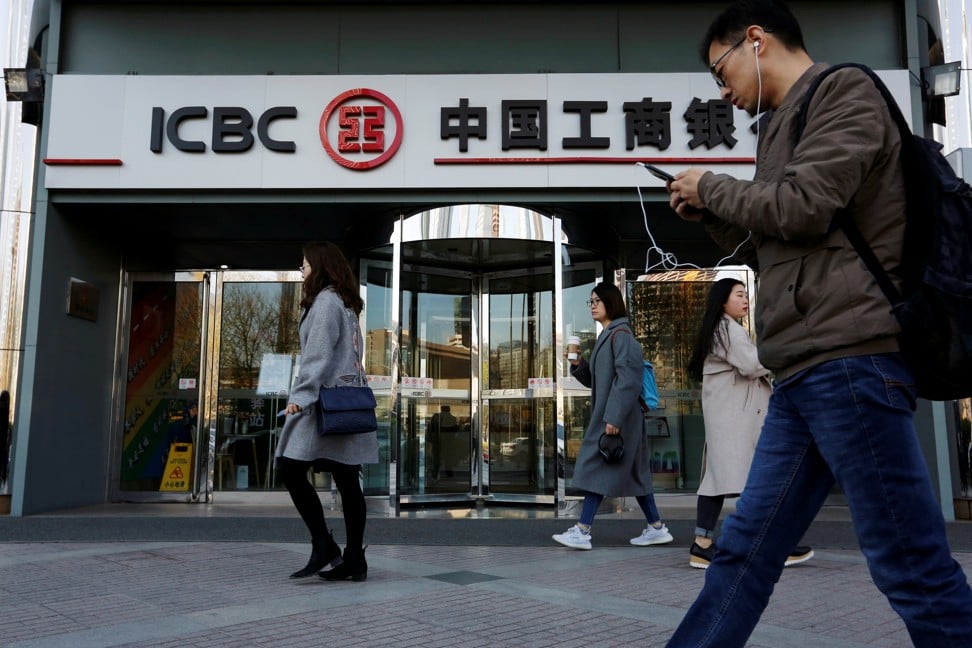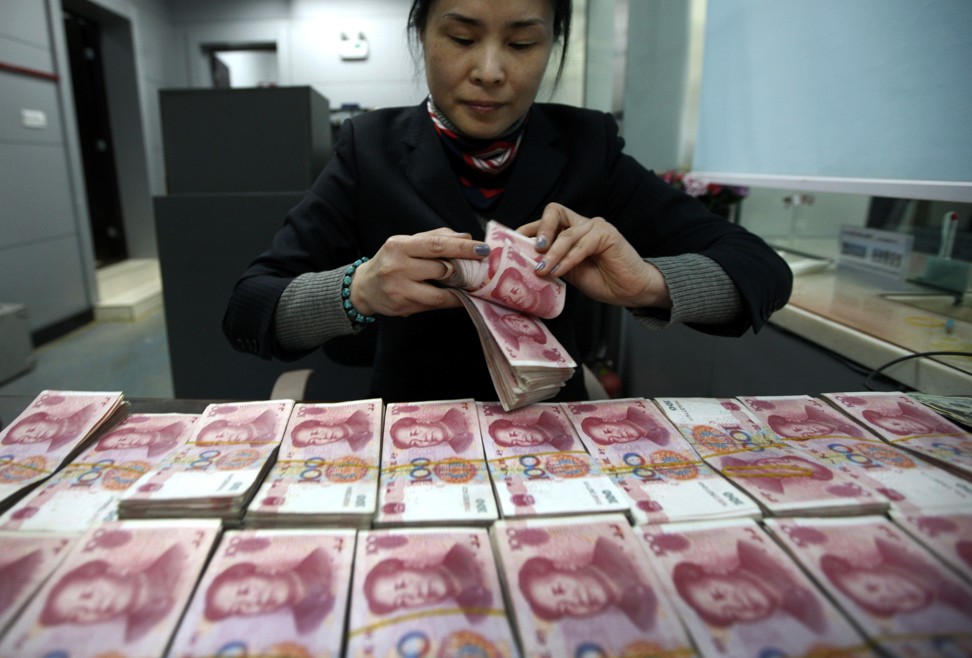
China’s bank lending weakened in July, suggesting Beijing’s stimulus efforts not working
- Chinese banks extended 1.06 trillion yuan (US$150.17 billion) in net new loans last month, down from 1.66 trillion yuan (US$235.17 billion) in June
- There was an eye-catching drop in corporate lending in July, plunging by two-thirds to 297.4 billion yuan (US$42.1 billion) from 910.5 billion yuan the month before
Chinese banks extended 1.06 trillion yuan (US$150.17 billion) in net new loans last month, down from 1.66 trillion yuan (US$235.17 billion) in June, according to the data released by the People’s Bank of China on Monday.
July’s lending was well below the 1.25 trillion added bank credit predicted by a Bloomberg survey of economists, and was the lowest level since April, when banks issued 1.02 trillion yuan in new loans.

As a rule, lending generally declines in July on a monthly basis, since it is the first month in the third quarter. Bank lending ordinarily spikes towards the end of a quarter. However, the decline this year was larger than expected, well below the corresponding 1.45 trillion yuan in new loans in July 2018.
There was an eye-catching drop in corporate lending in July. New corporate loans plunged by two-thirds to 297.4 billion yuan from 910.5 billion yuan the month before.
New household loans, mostly mortgages, fell to 511.2 billion yuan (US$72.42 billion) in July from 671.7 billion yuan in June.
There was also a sharp slowing in national aggregate financing – a catchall measure of credit from nonbank, local government and mainstream banking channels – which grew by 1.01 trillion yuan in July, less than half the 2.26 trillion yuan gain in June and much lower than expectations of 1.63 trillion yuan.
Liang Zhonghua, chief macro analyst at the Research Institute of Zhongtai Securities, said that this was a result of low credit demand, due to the slowing real estate cycle and stricter regulation of infrastructure financing – China’s two major engines of credit growth in the past decade.
“Without stimulus from property and infrastructure, both the economic growth rate and credit demand will trend downward,” he wrote in a note.
Other credit indicators were also weak. Growth in M2 money supply – which includes cash, checking deposits, and highly liquid assets like bills of exchange – slowed to 8.1 per cent in July, down from 8.5 per cent in June and below the forecast 8.4 per cent.
The outstanding balance of bank loans slowed to 12.6 per cent by the end of July, below the expected 12.8 per cent rise, the 13.0 per cent gain in June and the 13.2 per cent increase in July last year.
National aggregate financing (also known as total social financing) at the end of last month stood 10.7 per cent higher than a year earlier, down from 10.9 per cent in June, which had been the fastest growth since June 2018.

This annual growth rate has long been seen by analysts as a better way to assess China’s credit growth, since it avoids the volatility of monthly additions.
“The latest slowdown in lending highlights the need for further monetary easing if policymakers are to succeed in putting a floor beneath growth,” he wrote in a note. “As a result, the PBOC will need to push down interest rates more aggressively if it is to generate the kind of pickup in lending that successfully put a floor beneath growth during previous loosening cycles.”
We will not use the property market to stimulate short-term growth
In a quarterly review of the economy at the end of July, the Politburo, the Communist Party’s top decision-making body, explicitly turned away from the old playbook of using the property sector to prop up a slowing economy.
That pointed to a hardline on property regulations and financing, which would restrict the credit demand of Chinese developers.
“We will not use the property market to stimulate short-term growth,” the Politburo said in a statement after its meeting.
China’s leaders decided to keep monetary policy “neither too tight nor too loose” to maintain ample liquidity, an expression that usually points to monetary policy easing, where the central bank injects capital into the economy by purchasing assets, often government bonds, in the period ahead.
The statement did not mention the nationwide campaign to cut debt levels, increasing expectations of easing.
Last week, a PBOC report reaffirmed that the accommodative monetary policy stance would likely continue, and also downplayed the “structural deleveraging”, that is, efforts to reduce excessive debt and risky lending in an economy.

